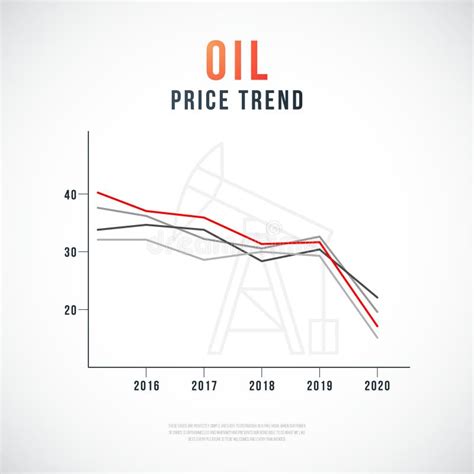Recent allegations and public discourse suggest that the oil industry’s pricing strategies might not be as transparent as they could be. These discussions have sparked intense debate about market manipulation and the potential consequences it could have both on the economy and on consumers’ lives. Understanding these intricacies is essential, as oil prices affect nearly every aspect of modern life, from what we pay for fuel at the pump to the broader implications for global economic stability.
In light of global climate targets and rapid technological advancements, there is a palpable shift towards alternative energy sources, including electric vehicles (EVs). Proponents argue that transitioning to electric mobility and other renewable energy forms is an inevitable step towards a sustainable future. Critics, however, warn against hasty transitions that might not account for the complexities of national security, energy independence, and economic disruption, particularly in nations heavily reliant on fossil fuel income.
This conversation about shifting energy paradigms is not new. History shows us that major transitions such as these come with both intended benefits and unintended consequences. The debate around the Keystone Pipeline, for example, demonstrated the intersection of environmental concerns, economic arguments, and national security considerations. Despite debates, the project was seen by some as detrimental to both environmental goals and America’s lower-income bracket—the group that often bears the brunt of immediate price increases in utilities and commodities brought about by policy adjustments.
Amid these discussions, economic models and forecasts predict a range of possibilities from ‘doom and bloom’ scenarios, suggesting that certain economies may thrive by continuing their current fossil-fueled path while others might falter. Yet, the real-world implementation of policies, such as carbon taxes, shows the complexity of achieving environmental goals without disproportionately impacting those at the lower end of the economic spectrum.
A particularly interesting aspect of the current energy discourse is the emphasis on innovation within energy generation and consumption patterns. Advances in technology are making alternative energy more accessible and cost-effective. This is evident in the rapidly growing adoption rates of solar energy and the advancements in battery technology, which are making electric vehicles more appealing and practical.
Governments around the world are reacting in varied ways to these changes. Some, as seen in the European context, have adopted aggressive policies to cut emissions and promote electric vehicles. Others, motivated perhaps by economic or political pressures, remain more tentative. The effectiveness of these policies, as always, will largely depend on their implementation and the public’s response, which is often shaped by immediate economic pain versus long-term environmental benefits.
Lastly, the social dialogue on these issues is highly polarized. There are vehement voices in supported scenarios of drastic measures to prevent climate catastrophes and those adamantly opposed, viewing such measures as economically detrimental and rights-infringing. As global citizens and policymakers navigate this rugged terrain, the dialogue will hopefully evolve from one of discord to one of unified action against a backdrop of advancing technology and increasing environmental awareness. Each voice in this broad discussion contributes to shaping a multifaceted solution that hopefully addresses both the health of our planet and the economic stability of its inhabitants.


Leave a Reply